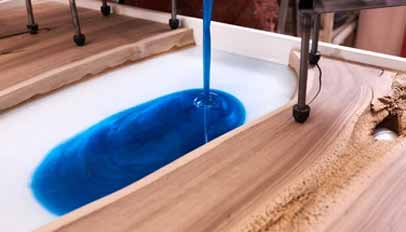How do you glue a puzzle to a piece board? Here are three ways to do it: Epoxy resin, Modge Podge, and White Crafts glue. Use a combination of the three depending on the specific glue you use. After the glue has dried, wipe off the board and Puzzle from any dirt or oils. Once dry, you can apply a second coat if necessary.
Modge Podge

If you’re looking for a quick, easy way to adhere your puzzle to a board, try applying Modge Podge. This product combines adhesive and lacquer, which provides a glossy, dry finish that holds the pieces together and seals the edges. If you’re unsure of how to apply it, you can use a foam paintbrush or a Modge Podge puzzle saver to apply it to the board.
The first step in gluing a puzzle to a board is to spread the glue evenly over the left half of the puzzle. Spreading the glue evenly between the puzzle pieces is the most important step. The puzzle should be evenly covered with the glue, forming a white outline around the puzzle pieces. If there are any remaining pieces, use a paper towel to wipe them off.
White Crafts glue
Before gluing a puzzle to a wood board, prepare the surface. Apply some glue and allow it to dry thoroughly. The surface should be protected by a cover. You can use wax or parchment paper as a cover. It is important to cover the puzzle carefully so that it doesn’t curl. Place a weighted object on top of the board to prevent the pieces from curling, sneak a peek here.
Glue for puzzles can be purchased in liquid or powder form. Liquid is preferred by puzzle experts, as it is pre-mixed and coats pieces evenly. Some brands also include powdered glue in their packaging for puzzles with over 500 pieces. When choosing the type of glue, look for one that seals well and covers a large area. A bottle of glue will tell you how many puzzles it can cover, so it will help you determine how much glue you need.
Epoxy resin

Before you can begin gluing your puzzle to a board, you need to prepare the surface where the puzzle will be placed. It should be flat and clean; dust and pet hair should be avoided. The surface should also be smooth and non-stick, as the puzzle may curl or crease if too much glue is used. The board should be level, or at least slightly rose. You can place blocks of equal size under the board to prevent it from rolling up.
Conclusion:
After the board is cleaned, place the puzzle on the board. You should then let it dry overnight, preferably over night. To apply the epoxy resin, first mix the two-part epoxy and spread it over the surface of the board using a spatula. Let the epoxy harden for about 45 minutes before you proceed to frame the puzzle. Once the puzzle has dried completely, you can apply a clear coat of acrylic paint to the board to protect it from dust.